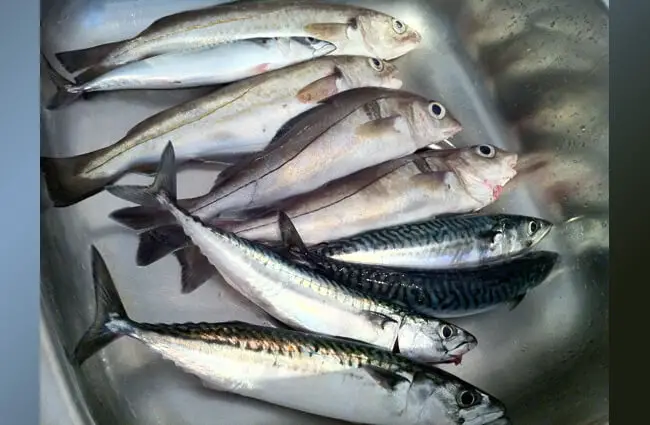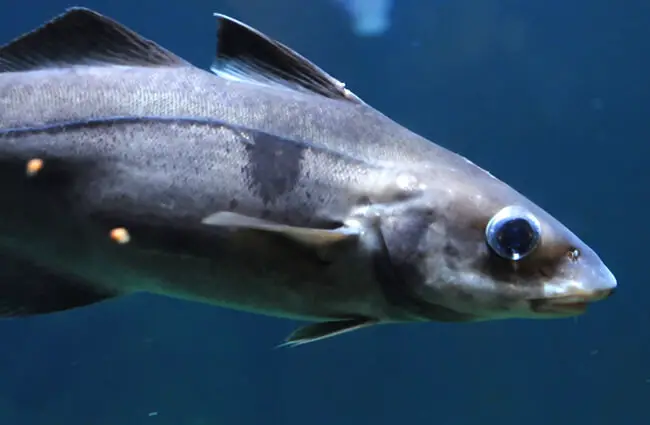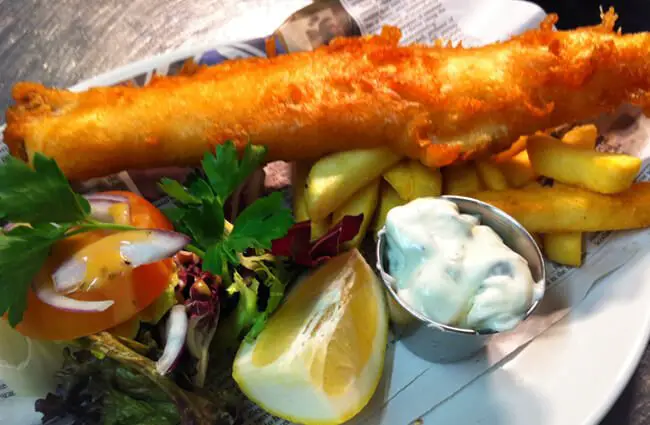The haddock, Melanogrammus aeglefinus, is a fascinating and commercially important fish of the North Atlantic. Often confused with its cousin, the cod, the haddock possesses a unique set of characteristics, behaviors, and ecological roles that make it a compelling subject for study and admiration. This article explores its biology, habitat, life cycle, and interactions with both the marine ecosystem and human society.

Understanding the Haddock: Basic Biology
The haddock is a member of the cod family, Gadidae, and is easily identified by the dark lateral line running along its body and the distinctive black “thumbprint” marking on its shoulder. Typically, haddock grow to around 2 to 3 feet in length and weigh between 5 and 12 pounds, though larger specimens have been recorded. Their coloration varies depending on habitat, ranging from grayish to brownish, providing excellent camouflage against the rocky seafloor. They possess a moderately streamlined body, well‑suited for navigating the cold, often turbulent waters of their range.
Haddock Habitat and Distribution
Haddock are primarily found in the North Atlantic Ocean, ranging from Greenland and Iceland to the coasts of Europe and North America. They favor cold, temperate waters, typically between 39 and 59 degrees Fahrenheit. These fish are demersal, meaning they live and feed near the bottom of the ocean, preferring rocky or gravelly substrates. Juvenile haddock often congregate in shallower waters, while adults venture into deeper regions, sometimes exceeding 600 feet. Key areas of concentration include the Grand Banks of Newfoundland, the Norwegian Sea, and the waters around Iceland and Scotland. Understanding these habitat preferences is crucial for effective conservation efforts.
Diet and Feeding Habits
Haddock are opportunistic feeders, consuming a wide variety of benthic invertebrates and fish. Their diet includes crustaceans such as shrimp and crabs, polychaete worms, sand eels, and smaller fish. They use sensitive barbels located around their mouth to detect prey in the dark depths. Haddock are active predators, using their relatively large mouths to engulf their prey. Their feeding behavior is influenced by seasonal variations and prey availability. As they mature, their diet shifts toward larger and more energy‑rich prey items.
Life Cycle: Reproduction and Growth
Haddock typically reach sexual maturity between the ages of 3 and 5 years. Spawning occurs during the winter months, usually between February and April, in deep water. Female haddock release millions of eggs, which are fertilized externally by males. The eggs drift in the water column and hatch into larvae after about 10 to 14 days. The larvae undergo metamorphosis, gradually developing into juvenile fish. These juveniles then settle to the seafloor, seeking refuge among rocks and seaweed. Growth rates vary depending on food availability and environmental conditions. Haddock can live for up to 20 years, continuously growing throughout their lives.

Haddock within the Ecosystem
Haddock play a vital role in the marine ecosystem. As predators, they help regulate populations of benthic invertebrates and smaller fish. They are also an important food source for larger predators, including cod, seals, whales, and seabirds. Haddock contribute to nutrient cycling by consuming prey and releasing waste products. Their presence or absence can influence the overall health and stability of the ecosystem. Maintaining healthy haddock populations is essential for preserving biodiversity and ecosystem function.
Haddock often interact with other groundfish species like cod and pollock, sometimes competing for resources. However, these species also exhibit periods of coexistence and shared habitat. Understanding these complex interactions is vital for effective fisheries management.
Haddock and Human Interactions
For centuries, haddock has been a commercially important fish, prized for its mild flavor and firm texture. It is a popular choice for fish and chips, as well as for baking, grilling, and poaching. Historically, haddock fisheries have faced challenges from overfishing and habitat degradation. Sustainable fishing practices, such as catch limits and marine protected areas, are crucial for ensuring the long‑term viability of haddock populations.
One particularly notable preparation is “Finnan Haddie,” a traditional Scottish and North American dish where the haddock is dry‑salted and smoked. This process imparts a distinctive flavor and preserves the fish for later consumption.

Evolutionary History
The evolutionary history of haddock, like other members of the Gadidae family, traces back to the early evolution of ray‑finned fishes. The Gadidae family itself is believed to have originated during the Paleogene period, roughly 66 to 23 million years ago. Over millions of years, species within this family diversified, adapting to different environments and ecological niches. The haddock, Melanogrammus aeglefinus, likely evolved from ancestral gadid species inhabiting the North Atlantic, gradually developing its distinctive characteristics through natural selection. Studying the genetics and morphology of haddock and its relatives can provide further insights into its evolutionary relationships.
Finding Haddock in the Wild
For anglers seeking haddock, knowing their habitat preferences is key. Focus on rocky or gravelly areas in the North Atlantic, typically at depths of 150 to 600 feet. Common fishing techniques include bottom fishing with baited hooks or jigs. Popular fishing locations include the waters off the coasts of New England, Iceland, and Norway. Remember to adhere to all local fishing regulations and practice responsible angling techniques.
Caring for Haddock in Captivity
Maintaining haddock in captivity requires a substantial commitment and specialized facilities. A large tank with cold, well‑oxygenated water is essential, along with a substrate of sand or gravel. Providing a varied diet of crustaceans, fish, and other marine invertebrates is crucial for their health and well‑being. Regular water quality monitoring and maintenance are vital to prevent disease outbreaks. It is important to replicate their natural environment as closely as possible to minimize stress and promote their natural behaviors.

Interesting Haddock Facts
Here are a few more intriguing facts about the haddock:
- Haddock have a highly developed lateral line system, allowing them to detect vibrations in the water and locate prey.
- They can change color to blend in with their surroundings, providing camouflage.
- Haddock are relatively long‑lived, with some individuals reaching over 20 years of age.
- Their swim bladder helps them maintain buoyancy and control their depth.
- Haddock are an important part of the cultural heritage of many coastal communities in the North Atlantic.
In conclusion, the haddock is a remarkable fish with a complex life history, a vital ecological role, and a rich cultural significance. Understanding its biology, behavior, and interactions with the marine environment is essential for ensuring its long‑term conservation and sustainable management. From the depths of the North Atlantic to our dinner plates, the haddock continues to captivate and sustain us.

![Red Angus Closeup of a beautiful Red Angus cowPhoto by: U.S. Department of Agriculture [pubic domain]https://creativecommons.org/licenses/by/2.0/](https://animals.net/wp-content/uploads/2020/03/Red-Angus-4-238x178.jpg)




![Red Angus Closeup of a beautiful Red Angus cowPhoto by: U.S. Department of Agriculture [pubic domain]https://creativecommons.org/licenses/by/2.0/](https://animals.net/wp-content/uploads/2020/03/Red-Angus-4-100x75.jpg)

